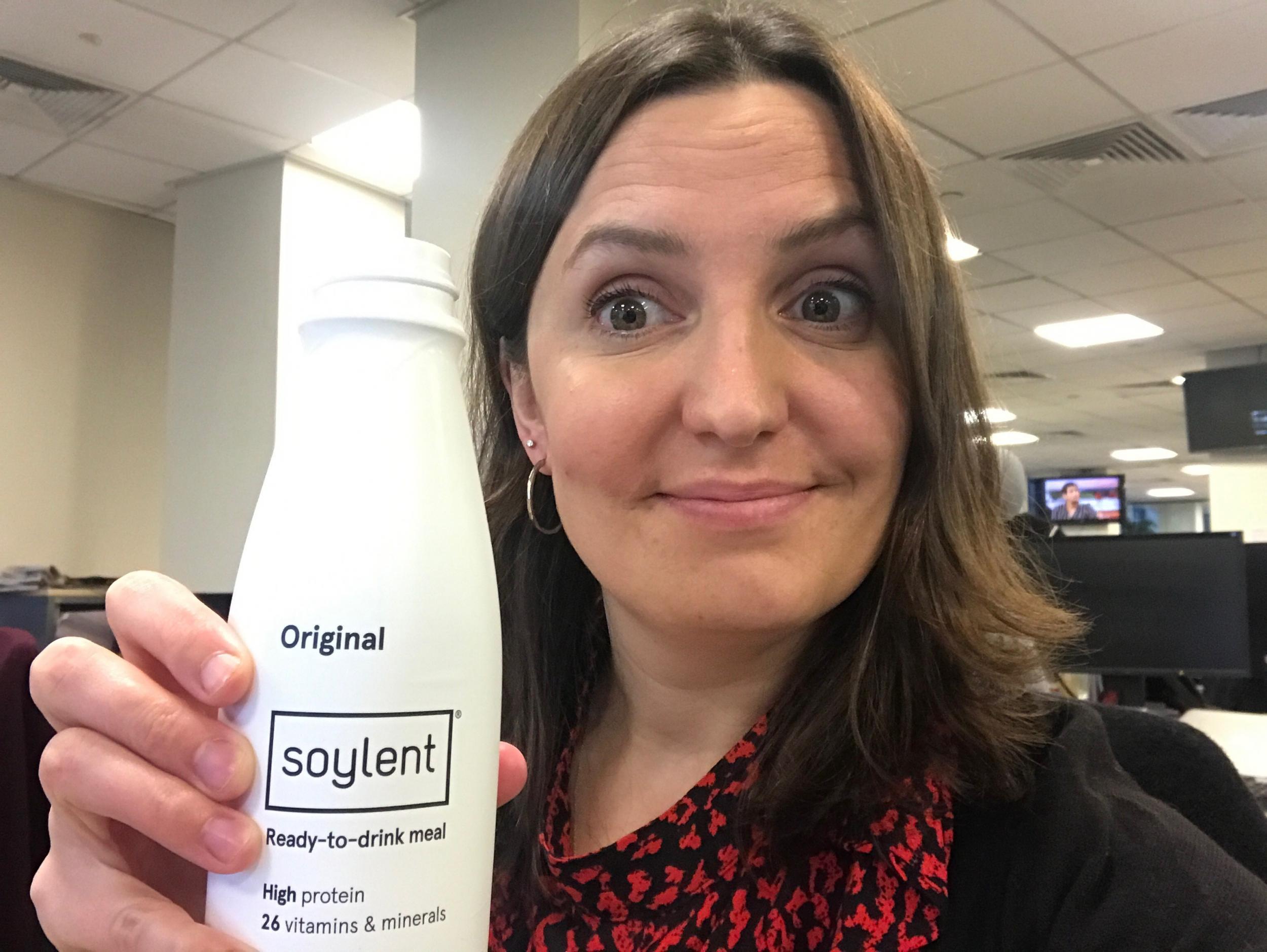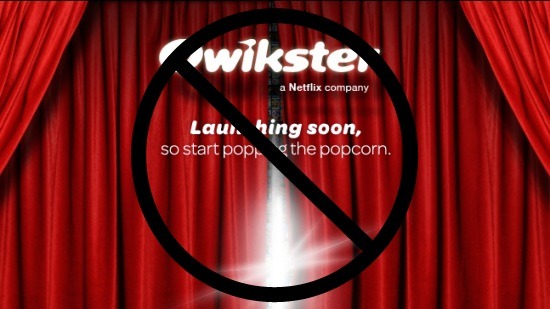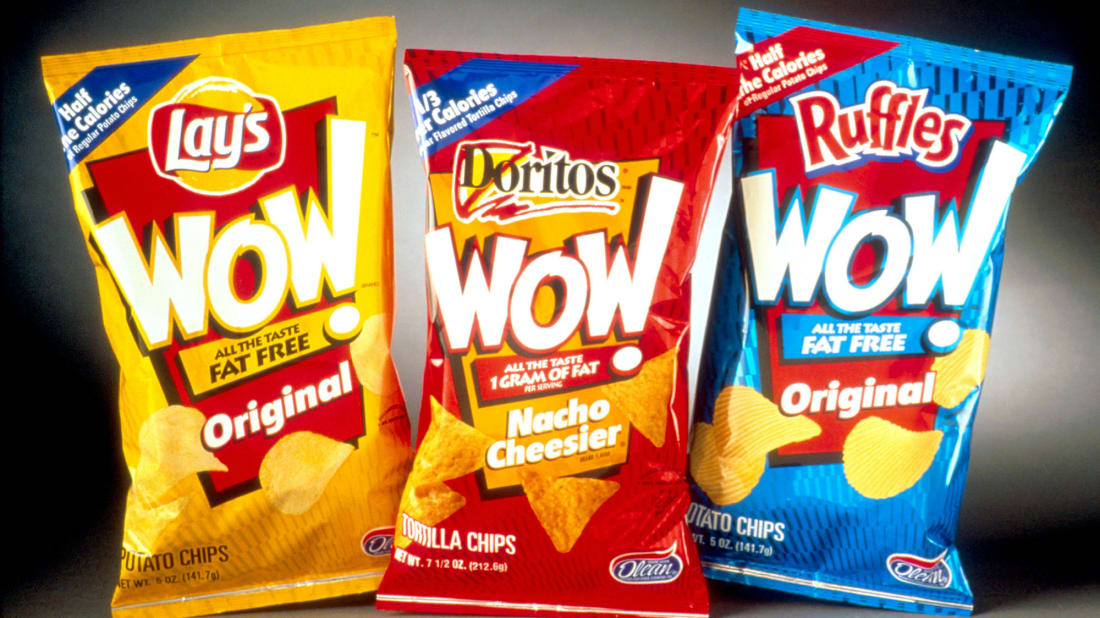
Even in the gleaming halls of Silicon Valley and the bustling boardrooms of global corporations, the path to innovation is often paved with spectacular missteps. For every revolutionary product that reshapes our lives, there’s a cautionary tale of an ambitious venture that crumbled under its own weight, leaving behind a trail of lessons for those daring enough to learn. These aren’t just corporate embarrassments; they are treasure maps revealing the intricate dynamics of market readiness, user expectation, and the brutal reality of product-market fit.
Examining these magnificent disasters offers more valuable insights than simply studying the blueprint of success. While replication of success is often impossible due to countless variables, understanding how *not* to fail provides actionable strategies. As the tech universe continues its relentless expansion, recognizing the patterns in these costly blunders becomes paramount for founders, entrepreneurs, and innovation leaders. It’s about staying in the game long enough for your innovations to take hold, and that journey begins with a deep dive into what went wrong.
We delve into a collection of 14 notorious product failures, dissecting the reasons behind their downfall and extracting the invaluable lessons they offer. From hardware that misunderstood its audience to software that alienated its users, these stories underscore a fundamental truth: even the biggest names and most brilliant minds can miss the mark. Let’s embark on a journey through some of tech’s most memorable misfires, starting with those that taught us about the basics of product design and consumer understanding.

1. **Amazon Fire Phone**Remember 2014, a time when selfies were just going mainstream but selfie sticks hadn’t quite conquered every tourist spot? That was the year Amazon launched its Fire Phone, an ambitious device armed with four front-facing cameras designed to power a novel 3D interface known as “Dynamic Perspective.” The promise was a phone that would revolutionize mobile shopping and connect users seamlessly to Amazon’s vast marketplace, but the reality was far less compelling.
The Fire Phone, despite its dazzling technological tricks, fundamentally missed what users truly desired: a genuinely useful and intuitive ecosystem that prioritized phone functions over shopping tools. Priced at a premium $650, which placed it squarely in iPhone territory without the accompanying Apple magic, the device suffered from an acute identity crisis. It struggled to excel as either a flagship smartphone or an Amazon shopping companion.
Its exclusivity to AT&T further limited its market potential, and as environmental concerns grew, its critique as the “most polluting phone” added a final, crushing blow to its reputation. By 2015, this grand experiment had faded into obscurity, culminating in a significant $170 million writedown. The Fire Phone serves as a powerful reminder that technical prowess, no matter how impressive, cannot compensate for a product that fundamentally misunderstands its audience and its primary needs, echoing the fate of other technically impressive but market-misaligned innovations like the Segway.

2. **Soylent**The notion of “tech bros trying to disrupt food” often feels as incongruous as a chef recommending pineapple on pizza – some might embrace it, but a significant portion of the population will recoil. Soylent arrived on the scene with an audacious promise: to liberate creative minds from the perceived “burden” of meal planning and cooking, effectively solving eating as if it were a mere bug in human programming. This liquid meal replacement aimed to optimize human nutrition for peak efficiency.
However, a product explicitly designed to keep bodies running smoothly, ironically, did the exact opposite for many of its early adopters. Reports of widespread stomach issues were serious enough to prompt the Canadian government to ban Soylent for three years. Further unsettling discoveries of lead and cadmium in some batches certainly didn’t bolster consumer confidence or alleviate concerns about its safety and efficacy. This was a critical blow to its mission of providing a reliable, hassle-free nutritional solution.
Despite these significant hiccups and regulatory interventions, Soylent has managed to survive, cultivating a devoted following primarily within Silicon Valley, where the concept of “food hacking” remains as popular as the ubiquitous standing desk. This case vividly illustrates that even the most basic and fundamental human needs, like sustenance, often resist purely technological solutions, regardless of how clever or scientifically packaged they may be. The human element, with all its biological intricacies and preferences, frequently defies algorithmic optimization.

3. **Quickster**Netflix, a company often lauded for its innovative disruption of traditional entertainment, experienced a stunning plot twist of its own in 2011 with the announcement of Quickster. The company made a deeply unpopular decision to bifurcate its DVD rental and nascent streaming services into entirely separate platforms, each with its own distinct billing. For millions of loyal subscribers, this felt like a punitive measure—being charged twice for what was previously a single, integrated service.
The resulting backlash was immediate, monumental, and, in hindsight, entirely predictable. It was akin to a digital T-Rex breaking free in Jurassic Park, an unstoppable force that spread fear and frustration among its user base. The financial and reputational damage was equally swift and severe. Netflix saw an alarming 800,000 subscribers vanish in a flash, and its stock price plummeted by a staggering 77% within a mere few months.
Recognizing the catastrophic error, Netflix quickly scrambled to undo the damage, abandoning the Quickster initiative before it even had a chance to properly launch. This entire fiasco stands as a masterclass in how *not* to execute a business model pivot. It’s a stark reminder that even the most celebrated tech darlings must possess the acumen to “read the room” and gauge public sentiment before implementing changes that directly impact millions of loyal and emotionally invested users. Sometimes, the timeless wisdom of “if it ain’t broke, don’t fix it” holds true, even in the most rapidly evolving industries.

4. **McDLT**Long before sustainability became a mainstream corporate buzzword and an integral part of brand identity, McDonald’s introduced the McDLT in 1984. This product showcased a peculiar form of innovation that, by today’s environmental standards, would undoubtedly make eco-conscious engineers wince. The burger arrived in a unique dual-compartment styrofoam container, meticulously designed to keep the hot patty separate from the cool vegetables, a feat of engineering intended to solve a problem that few consumers considered a high priority.
The McDLT’s elaborate packaging solution was, in essence, an over-engineered answer to a relatively minor concern. It was like deploying a supercomputer to perform a basic arithmetic problem—impressive in its technical ambition but disproportionate to the actual need. While perhaps initially perceived as a clever marketing differentiator, its environmental footprint soon became a significant liability.
As public awareness and concern for environmental issues burgeoned throughout the late 1980s and early 1990s, the excessive and non-biodegradable packaging of the McDLT became a clear target for criticism. Consequently, the product faded from menus as consumers increasingly began to vote with their wallets against wasteful practices. This serves as a potent demonstration of how broad external cultural shifts can unequivocally tank even technically sound products, irrespective of their original merits. It’s a crucial lesson that tech companies continually relearn: each new generation of consumers brings evolving values that profoundly influence purchasing decisions and product acceptance.

5. **Lay’s WOW Chips**In 1998, Lay’s WOW chips burst onto the market with a promise that seemed almost miraculous: guilt-free snacking that offered zero fat but retained all the savory flavor. This culinary magic was ostensibly achieved through the use of Olestra, a fat substitute that appeared to be a triumph of food science. Initially, the product was a runaway success, raking in an astounding $400 million in sales during its inaugural year—a testament to the allure of seemingly consequence-free indulgence.
However, much like a sci-fi narrative where a miracle cure harbors unforeseen and unpleasant side effects, the true problem with Lay’s WOW chips revealed itself after consumption. Consumers across America began experiencing digestive distress, leading to a rather unappetizing public health issue. The FDA, in response, mandated warning labels on the packaging, explicitly cautioning consumers about potential “abdominal cramping and loose stools”—arguably the least appealing text ever printed on a snack food item.
Predictably, sales of the chips collapsed precipitously once widespread word of the digestive drama spread. The Olestra saga stands as a potent cautionary tale for tech innovators: the introduction of untested or inadequately understood compounds into consumer products carries inherent risks that no amount of marketing budget can ultimately overcome. It emphasizes the critical importance of rigorous testing and transparency, especially when a product directly impacts human health and well-being. The consequences of such missteps can be severe and long-lasting, far beyond mere financial losses.

6. **Google Glass**In 2013, Google unveiled a device that seemed to leap directly from the pages of a science fiction novel into reality: Google Glass. These innovative glasses integrated a display, camera, and voice control, promising to seamlessly fuse digital information with the real world. It was a vision of augmented reality that captivated imaginations, hinting at a future where technology would be an invisible extension of our senses. However, the practical reality of Glass landed uncomfortably between being “ahead of its time” and “solving problems nobody actually had,” all while being heavily burdened by significant privacy concerns.
With an imposing $1,500 price tag and a design that practically shouted “I’m recording you!” to everyone in the vicinity, early adopters of Glass quickly acquired the unflattering moniker of “Glassholes.” The product brilliantly illuminated how even the most forward-thinking and technologically advanced innovations can falter dramatically when they fail to account for or actively ignore fundamental social norms and public comfort levels. The invasive nature of a visible, always-on camera triggered widespread unease and suspicion, particularly in public spaces like restaurants and bars.
After an unsuccessful foray into the consumer market, Google attempted to salvage the project by pivoting to enterprise applications. However, even this strategic shift proved insufficient, and Google ultimately pulled the plug on consumer Glass in 2023. Like the comically oversized keyboard pants from the movie *Big*, some innovations, despite making perfect sense to their visionary creators, feel profoundly uncomfortable, impractical, or even threatening to the broader public. Google Glass remains a landmark example of how technological ambition must be tempered with a keen understanding of social acceptance and user perception.




